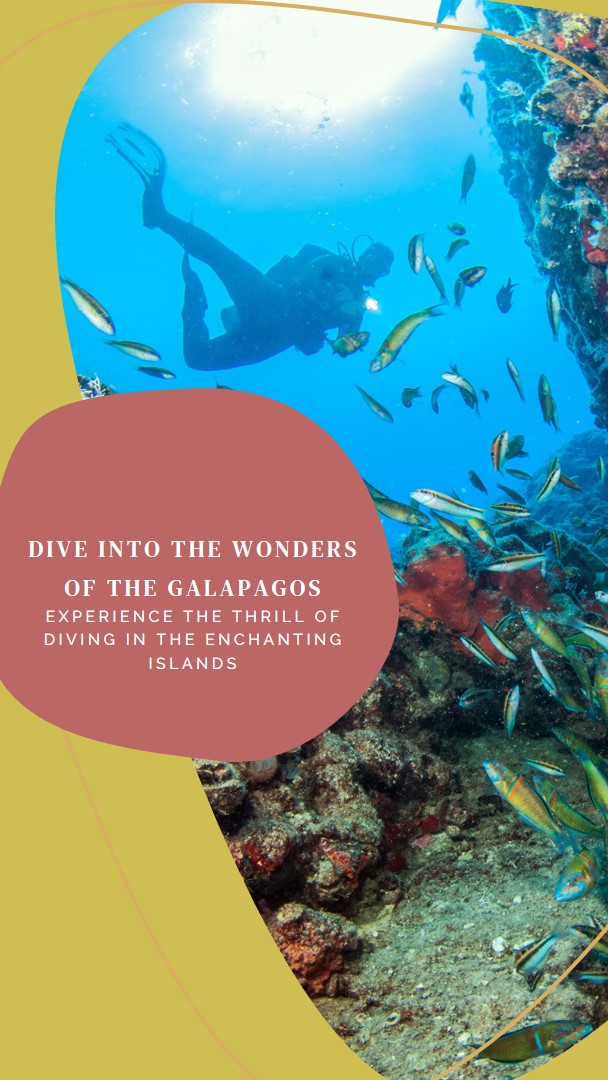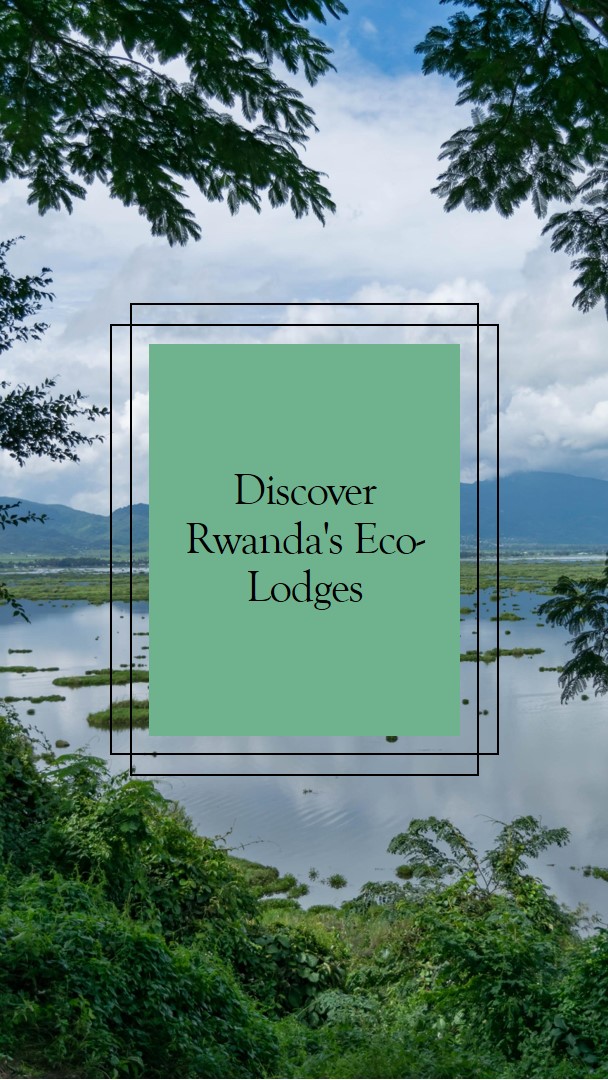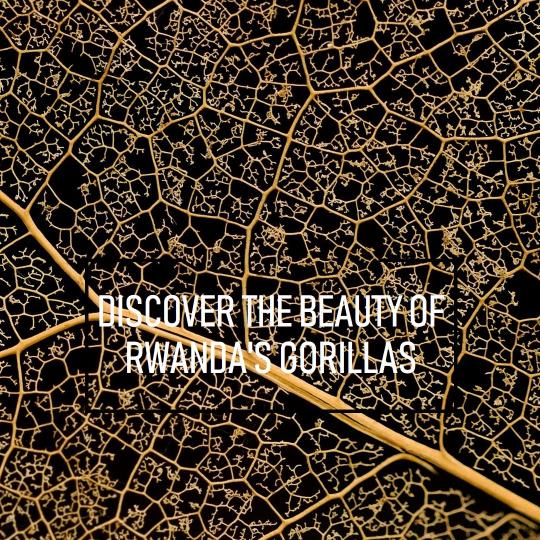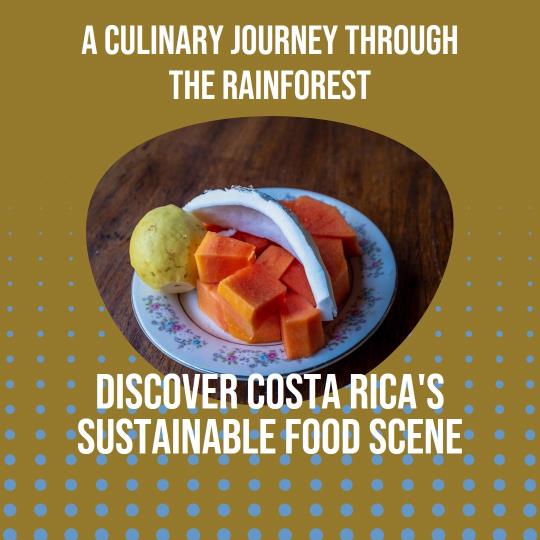Costa Rica’s Wildlife Conservation

🌿 Highlighting the Country’s Efforts in Preserving Its Diverse Wildlife 🌿
Costa Rica, a tropical paradise nestled in Central America, is renowned not only for its pristine beaches and lush rainforests but also for its exemplary commitment to wildlife conservation. This small but biodiverse nation has made significant strides in protecting its unique flora and fauna, earning it a reputation as a global leader in conservation efforts. In this article, we will explore Costa Rica’s remarkable initiatives aimed at preserving its diverse wildlife.
🦋 The Rich Biodiversity of Costa Rica
Costa Rica boasts an astonishing array of wildlife, including over 500,000 species, making it one of the most biodiverse countries on the planet. From vibrant hummingbirds and resplendent quetzals to elusive jaguars and humpback whales, this country is a haven for nature enthusiasts and wildlife researchers alike.
🌱 A Legacy of Conservation
Costa Rica’s commitment to wildlife conservation dates back several decades. In 1959, it established its first national park, the Braulio Carrillo National Park, covering a staggering 45,000 hectares of pristine rainforest. This marked the beginning of a long and dedicated journey toward preserving the nation’s natural heritage.
🌳 Extensive Protected Areas
Today, Costa Rica boasts an extensive network of protected areas, covering approximately 25% of its total land area. These areas include national parks, wildlife refuges, and biological reserves, all designed to safeguard the country’s unique ecosystems and their inhabitants. One notable example is the Corcovado National Park, home to an incredible range of biodiversity, from tapirs to scarlet macaws.
🌄 Balancing Tourism and Conservation
Costa Rica has successfully managed to strike a balance between tourism and conservation. The country has made ecotourism a cornerstone of its economy, offering travelers a chance to experience its natural wonders responsibly. Ecotourism not only generates revenue for conservation efforts but also fosters a sense of stewardship among visitors.
🐢 Protecting Marine Life
Costa Rica’s conservation efforts extend beyond its lush jungles and mountainous terrain. Its commitment to marine conservation is equally impressive. The country is a crucial nesting site for several sea turtle species, including the endangered leatherback and hawksbill turtles. Dedicated conservationists work tirelessly to protect these nesting sites, ensuring the survival of these magnificent creatures.
🌎 Global Recognition
Costa Rica’s relentless dedication to wildlife conservation has not gone unnoticed on the global stage. The country consistently receives accolades for its environmental efforts. It is a member of the “Green List” of the International Union for Conservation of Nature (IUCN), recognizing nations that prioritize biodiversity conservation.
Here are some specific examples of Costa Rica’s conservation efforts:
- In 1998, Costa Rica became the first country in the world to develop a National Biodiversity Strategy.
- In 2007, Costa Rica committed to becoming carbon neutral by 2021.
- In 2010, Costa Rica banned the hunting of all sharks.
- In 2012, Costa Rica launched a program to pay landowners for protecting forests.
These are just a few examples of the many ways that Costa Rica is working to protect its wildlife. The country’s commitment to conservation is an inspiration to us all.
🌿 Challenges and Ongoing Efforts
While Costa Rica has made remarkable progress in wildlife conservation, it continues to face challenges such as deforestation and habitat fragmentation. However, the government, along with local and international organizations, remains committed to addressing these issues. Reforestation projects, sustainable farming practices, and education initiatives are just a few of the ongoing efforts to secure a brighter future for Costa Rica’s wildlife.
🌱 Conclusion: A Model for Conservation
Costa Rica’s unwavering dedication to wildlife conservation serves as a shining example for nations worldwide. Its commitment to preserving its remarkable biodiversity, coupled with responsible tourism practices, demonstrates that economic development and environmental stewardship can go hand in hand. As Costa Rica continues to protect its diverse wildlife, it inspires the world to follow its lead in safeguarding the planet’s natural wonders for generations to come. 🌎🦜🌊






